DayDreamWrites
We are Thrilled to get Amazing Food Recipes to You.
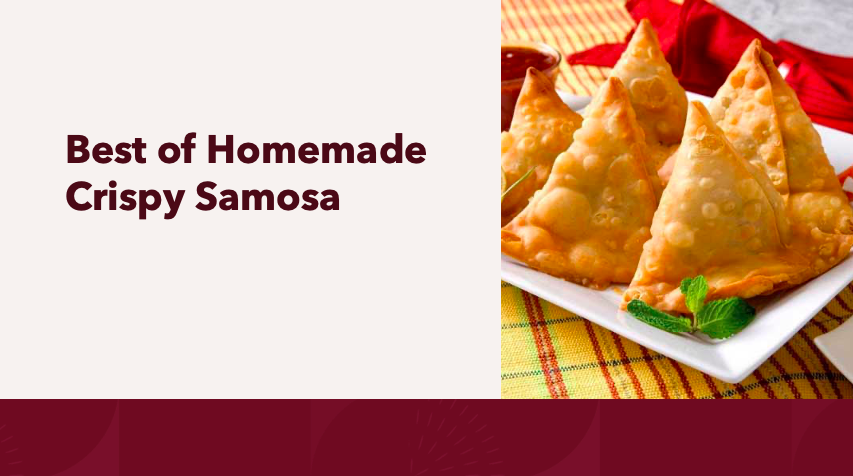

homemade Samosa, Samosas are delicious pastries that can be baked or fried. It is a widely consumed snack throughout the world, but is particularly well-liked in South Asia, the Middle East, and Africa. Usually constructed of flour, salt, and water, the pastry is filled with a variety of savory ingredients, such as seasoned potatoes, peas, lentils, cheese, and a mixture of vegetables and spices.
Samosas are frequently served as an appetiser or snack with different chutneys, dips, or sauces. They can be formed into a variety of shapes, such as triangles, cones, or half-moons.
The primary homemade samosa filling can vary by location and individual choice, but the most popular filling is a combination of potatoes and peas that is frequently spiced with cumin, coriander, and garam masala. Other typical fillings include of:
Chicken, beef, or lamb ground meat blended with herbs, spices, and ingredients including onions, ginger, and garlic.
Indian cheese known as paneer is combined with spices and veggies.
Spice-seasoned lentils or other legumes combined with vegetables like bell peppers, onions, and carrots. Spice-seasoned mixed veggies, including beans, cabbage, and carrots.
There are several variants and regional peculiarities in the fillings used for samosas, despite the fact that these are the most popular fillings. Samosas can even come with sweet fillings like fruit or coconut.

Both Indian and Pakistani samosas are well-liked appetisers that are eaten all over the world and in South Asia. Despite their many similarities, there are a few significant distinctions between the two:
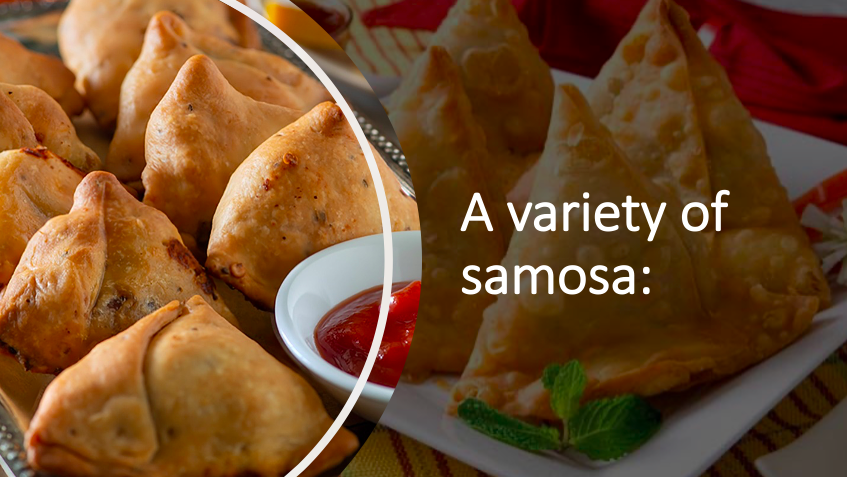

A common snack in South Asian cuisine, samosas come in a wide variety and are available everywhere on the continent.
Samosas loaded with veggies are the most popular type and typically contain potatoes, peas, onions, and occasionally carrots or other vegetables.
Meat samosas are stuffed with spiced minced meat, typically lamb or beef, along with onions and other herbs and spices.
Samosas made of seasoned mushrooms, onions, and other veggies are called mushroom samosas.
homemade Samosas are a delightful and adaptable snack that can be filled with a variety of foods to suit a range of palates and dietary requirements.


Muslims observe Ramadan, a holy month, by fasting from sunrise to sunset. Breaking the fast with a variety of meals is customary during the evening meal, known as Iftar. Samosas are a well-liked culinary item that can be offered during Iftar.
Several regions of the world, particularly South Asia and the Middle East, enjoy samosas as a snack. Traditionally, they are produced by frying a crisp pastry casing that has been filled with spiced potatoes and peas.
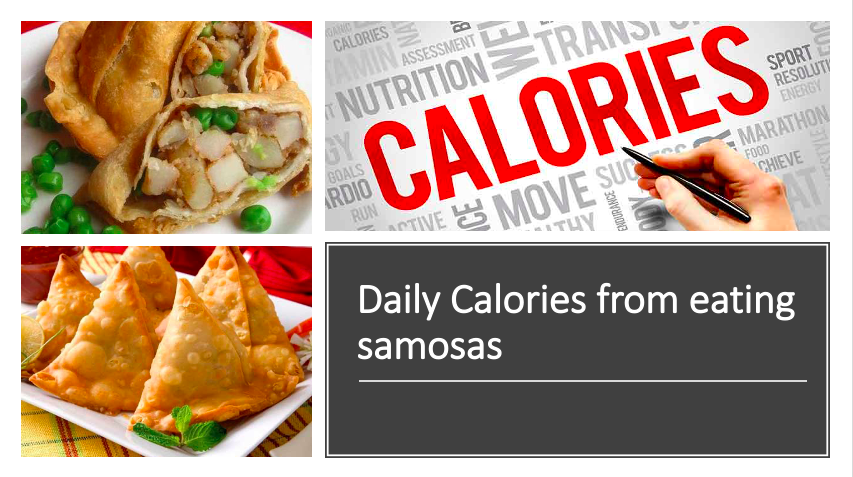

Depending on the filling used and the size of the samosa, a samosa’s calorie count can change. The calorie count per samosa with various fillings is broken down as follows:
The fact that samosas are frequently deep-fried should be noted as this can raise their calorie content. Samosas’ calorie count can be reduced by baking or air-frying them. Also, since samosas are a high-calorie snack, portion control is essential when eating them. It is advised to keep homemade samosa consumption to one or two each serving and alternate it with healthier foods like raw fruits and vegetables.
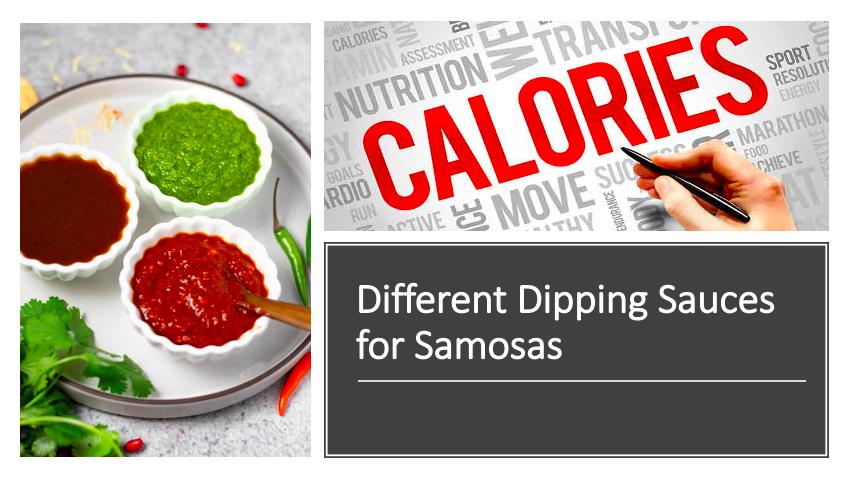

There are many dipping sauces that can be offered with samosas to enhance its flavour. Here are some alternatives for dipping sauces:
The ingredients for this sweet and sour sauce are tamarind pulp, jaggery, and a combination of spices like cumin and coriander. It goes great with veggie or potato samosas.
These are just a few of the numerous samosas dipping sauce variations. To determine your preferred pairing, try out various flavours and combinations.
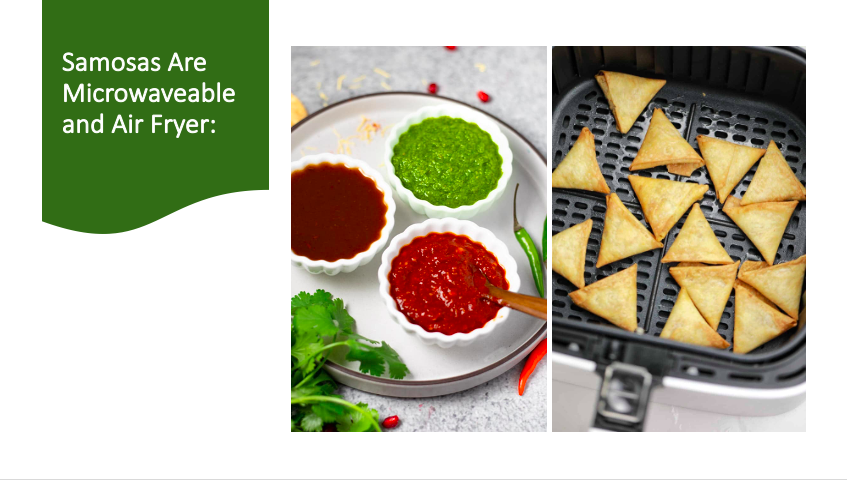

Yes, you can prepare samosas in an air fryer or a microwave.
Observe these steps to microwave-cook samosas:
These steps should be followed in order to air fried samosas:
The amount of oil used to prepare the samosas can be decreased by using either of these cooking techniques, making them a healthier alternative. The samosas may not have the same texture as those that are normally deep-fried, though.
Samosas are usually thought of as a snack rather than a nutritious meal. This is due to the fact that samosas are frequently deep-fried and made with dough produced from refined flour, which can have a high calorie, fat, and carbohydrate content. However, some samosas contain components like meat, cheese, and potatoes that are high in calories and fat.
But samosas can be made healthier by baking or air frying them rather than deep fried them and by using whole wheat flour instead of refined flour for the pastry. Furthermore, vegetables, beans, or lean proteins like chicken or fish can be included to make filling meals healthy.
Samosas are a tasty snack or starter when consumed in moderation and as part of a healthy diet. They shouldn’t, however, be used as a main source of nourishment or as a regular meal. To achieve a balanced and nourishing diet, it’s crucial to mix samosas with healthy options like fresh fruits and vegetables.
In many nations and areas, particularly in South Asia, the Middle East, and portions of Africa, samosas are a well-liked snack item. They are available in homes, restaurants, and street food stands, and are appreciated by people of all ages and socioeconomic backgrounds.
Samosas are a classic snack and are frequently relished with chutney or other dipping sauces in India, Pakistan, Bangladesh, Nepal, Sri Lanka, and Afghanistan. They are also well-liked in the Middle Eastern nations of Iran, Iraq, and the United Arab Emirates, where they go by the names sambusa or samboosa.
Samosas are popular not only in these areas but also in nations with sizable South Asian populations like the UK, Canada, and the US, where they can be found in a variety of Indian and Pakistani restaurants and grocery stores.
Two regionally distinctive versions of the traditional samosa are croissant samosas and Chinese samosas.
The flaky, buttery pastry of a croissant is combined with the spiciness of a samosa’s filling to create croissant samosas, another name for croissants with a samosa filling.
Similar to a regular samosa, this French-inspired meal is generally stuffed with potatoes, peas, and spices. At some bakeries and cafes, croissant samosas are frequently offered as a brunch or breakfast meal.
Chinese spring rolls, commonly referred to as Chinese samosas, are a common snack in Chinese cuisine that resemble samosas but feature a thinner, crispier dough. Chinese samosas are frequently offered as an appetiser or snack.
They are typically filled with a combination of veggies, meat, and/or noodles. These can be discovered in Chinese eateries and food carts all over the world and are frequently served with soy sauce or other dipping sauces.
While both of these foods resemble the traditional samosa, they differ from it in terms of flavours and textures.
With good reason, samosas are a common street meal in many nations and areas. They are a pleasant and filling snack that can be had on the go. Samosas are a practical choice for a speedy and reasonably priced dinner or snack because they are simple to consume with your hands and are offered by several street food booths and sellers.
Samosas are attractive to a wide range of tastes and preferences in addition to being convenient and versatile enough to be created with a variety of fillings. They can be served hot or cold, and chutneys or other dipping sauces are frequently offered alongside them to enhance their flavour and attractiveness.
Overall, samosas are a delectable and well-liked street snack that is adored by a large number of people worldwide. They are a fantastic choice for anyone searching for a quick, practical, and tasty nibble on the go, whether they are consumed as a snack or as a larger meal.


In Indian cuisine, samosa and samosa kachori are both common snacks, but they differ in terms of how they are made and served.
Samosas are a triangle-shaped pastry that can be filled with a variety of ingredients, such as spiced potatoes and peas or other fillings like meat or vegetables.
All-purpose flour is used to make the dough, which is then wrapped around the cooked filling and fried or baked until crisp. Homemade samosas are a well-liked snack meal in India and other nations and are frequently served with chutneys or dipping sauces.
Samosa kachori, on the other hand, is a circular, deep-fried pastry similar to a samosa with a slightly different filling. It is a deep-fried, flaky pastry. The pastry has a crunchy texture since it is created with a blend of semolina and all-purpose flour.
Often, lentils or other legumes that have been seasoned with spices and occasionally blended with vegetables are used to make the kachori filling. Furthermore, chutneys or other dipping sauces are frequently offered with kachori.
In conclusion, both samosas and samosa kachori are delightful Indian snacks, but they differ in terms of shape, pastry type, and filling. All-purpose flour pastry is used to make the triangle-shaped samosas, which are typically filled with spiced potatoes, peas, or other fillings.
In contrast, samosa kachori is made of a pastry made from a combination of all-purpose flour and semolina, and it is shaped like a circle. Its typical filling is spiced lentils or other legumes.
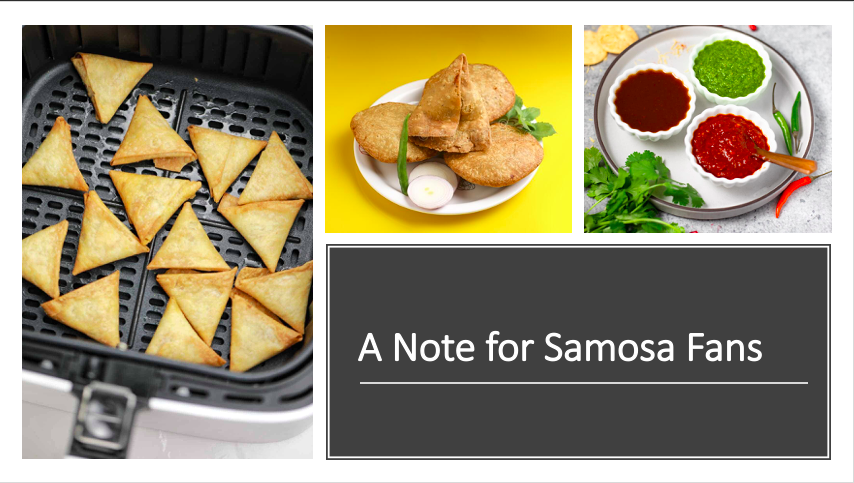

I have a message for all crispy samosa fans out there: keep indulging in this delectable and well-liked delicacy! There is no doubting the wonderful texture and flavour of a freshly fried samosa, whether you prefer your samosas with spiced potatoes and peas, lentils, or other contents, or if you like to try new varieties and flavours.
In addition to being a delectable snack, samosas are a cultural staple that have been enjoyed for decades in many nations around the world.
Take a minute to absorb the flavours and enjoy the experience of this renowned snack, whether you’re grabbing a quick nibble from a street vendor, preparing them at home with family and friends, or eating them at your favourite restaurant.
So go ahead and indulge in your love for this delectable snack; your taste buds will thank you! Just keep in mind that homemade samosas are a delight that can be enjoyed in moderation as part of a balanced diet.
Do we need to consume fried food every day?
Daily consumption of fried meals is not advised due to potential health risks. Foods that have been deep-fried include a lot of calories, fat, and sodium, which raises the risk of acquiring chronic illnesses including high blood pressure, diabetes, and heart disease.
While occasionally indulging in fried foods is acceptable as part of a balanced diet, it’s crucial to keep consumption to a minimum and opt for healthier cooking techniques for regular meals. Deep-frying is not the healthiest cooking option, but baking, grilling, or roasting can still provide wonderful and savoury meals.
In addition, it’s crucial for maintaining excellent health to include a range of nutrient-dense foods in your diet, such as fruits, vegetables, whole grains, lean proteins, and healthy fats.
Hence, while it’s acceptable to occasionally enjoy fried foods, it’s crucial to balance your diet with wholesome, nutrient-dense meals to support your general health and wellbeing.